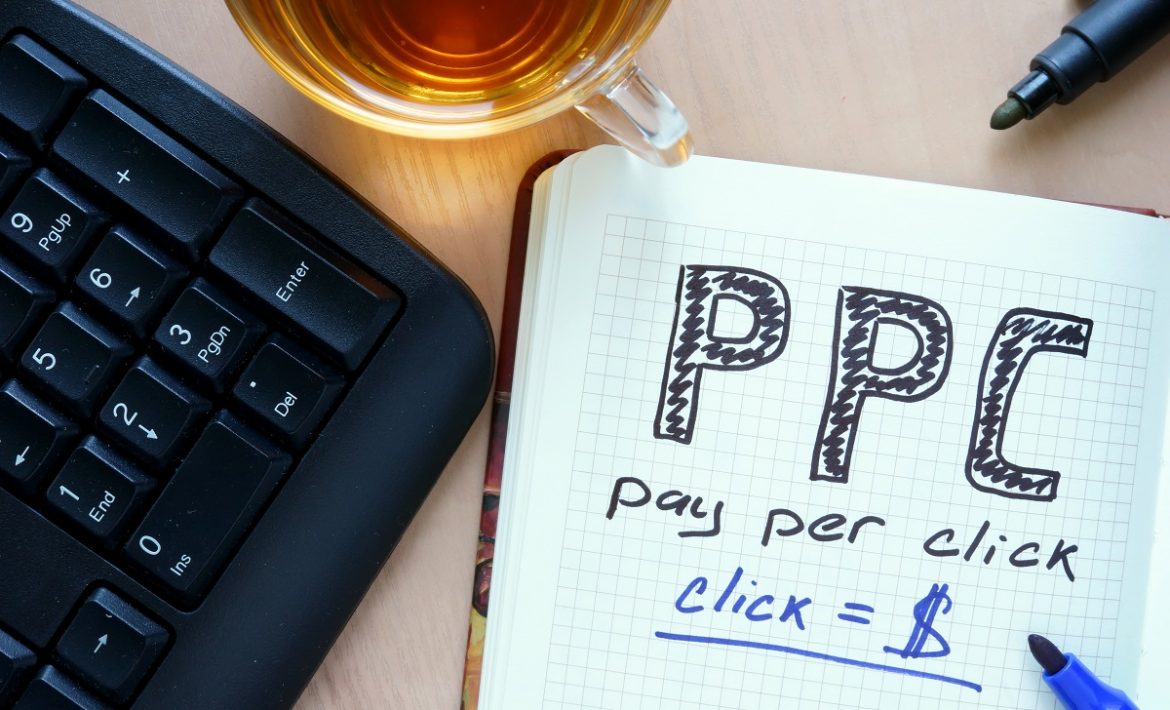
In today’s competitive landscape, most growing businesses are leveraging PPC (Pay Per Click) advertising. A key objective in these campaigns is to reduce the cost per click (CPC) while maintaining performance. Lower CPC can lead to a more cost effective campaign, gaining more Ad clicks for your budget and boosting your return on investment. However, achieving a low CPC takes a strategic approach. Here are 6 actionable strategies to help you lower your CPC while keeping performance high.
1. Utilise long-tail keywords and experiment with new variations
To reduce the CPC, start by refining the keywords you bid on, particularly with ‘long-tail keywords’. These are phrases containing four or more words, which are often less competitive and therefore less costly. While long-tail keywords may bring fewer visitors to your website, they typically attract more qualified leads, as users searching with specific phrases are further along in their decision making process.
Finding Long-Tail Keywords:
- Google Ads Keyword Planner – Estimate search volume and CPC for potential keywords
- Search terms report – Analyse suggestions based on actual user search queries
- Google Autocomplete – Enter keywords into Google’s search bar and use suggested variations to uncover new, specific options
By continuously exploring and testing new keyword variations, you may discover low cost, effective terms that your competitors are overlooking.
2. Experiment with different match types
Adjusting your match types can impact CPC, as each type controls how closely your Ads match a user’s search query. Testing different match types can help you find the balance between cost and quality traffic for your campaigns. Here are the match types that we would recommend testing:
- Phrase Match – Bids on phrases like ‘king size memory foam bed’ can bring in searches with slight variations, such as ‘king size memory foam bed under £1,000’
- Exact Match – Targets only the exact keyword you bid on, which can help control relevancy and CPC
3. Implement negative keywords
For Search Ads campaigns adding negative keywords helps avoid clicks from irrelevant searches. For instance, if your brand sells high end art, you might want to exclude searches like ‘cheap paintings’ by adding ‘cheap’ as a negative keyword. Creating a negative keyword list and applying it at the account level can streamline this process.
If running the older style of Google Shopping campaigns negative keywords are especially valuable (not applicable to Performance Max versions), as they help refine targeting and prevent wasted Ad spend on unqualified clicks. By blocking search queries not of relevance this improves CTR, which can over time lower click costs
4. Adjust your bidding strategy
Google Ads offers various bidding strategies that can impact your CPC, including automated options like:
- Enhanced CPC (ECPC)
- Maximise Clicks
- Maximise Conversions
- Target CPA (Cost per Acquisition)
Automated bidding strategies use algorithms to optimise for your desired outcome, whether it’s clicks or conversions, while keeping CPC in check. If you prefer more control, manual bidding allows you to set specific bid amounts. Semi-automated strategies like ECPC allow Google’s algorithm to make adjustments within your set limits, potentially reducing CPC without sacrificing Ad quality.
If you are a retailer and you’re gaining towards 30 conversions or more on Ads over 30 days, ensure you are running Maximise Conversions or Target CPA as this will help gain more conversions or lower costs for conversions. Otherwise, we would recommend sticking to maximise clicks and set a max bid, if you are not gaining enough conversions or tracking conversions are not applicable, then this is often the best strategy to get the most clicks for the Ad budget available.
5. Lower keyword bids strategically
Lowering your keyword bids can help you find a balance between CPC and Ad position. You don’t always need to appear at the top (which costs the most) – the second, third, or fourth position can still be effective while keeping costs down. It’s likely the Ad budget will still be spent and gain more Ad views/clicks for it. You can start by reducing bids in small increments (10 to 20p) to avoid drastic drops in Ad visibility. If you’re running a ‘Maximise clicks’ or manual bid strategy, adjusting bids this way may help you get more impressions and clicks within your budget.
6. Regularly Review and Adjust
Lastly, continuously monitor and optimise your campaigns. Review CPC, CTR, conversion rates and other performance metrics regularly to identify what’s working and where you can cut costs. By staying agile and making data driven adjustments, you can maintain high performance and keep your Google Ads budget in check.
If you need any expert help with your Google Ads campaigns please get in touch with us at Q Social Media.

